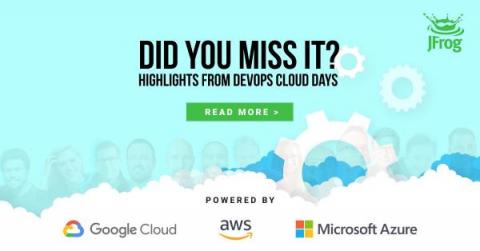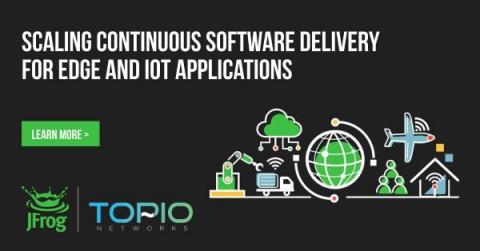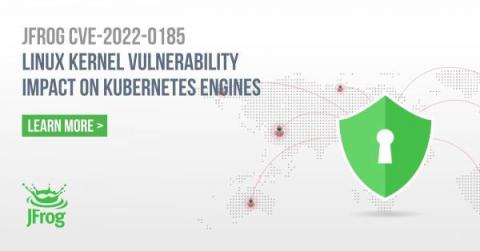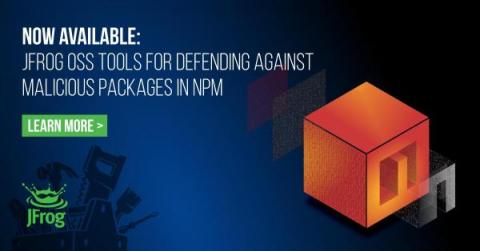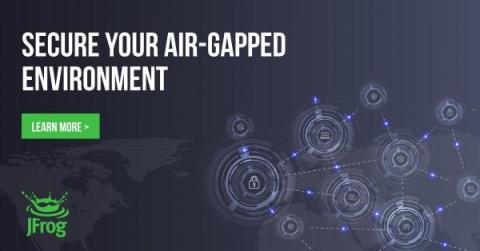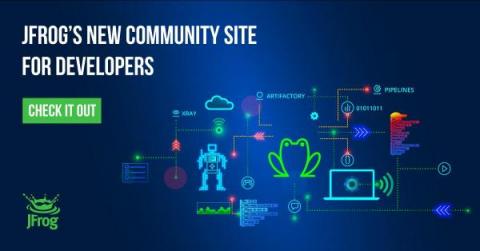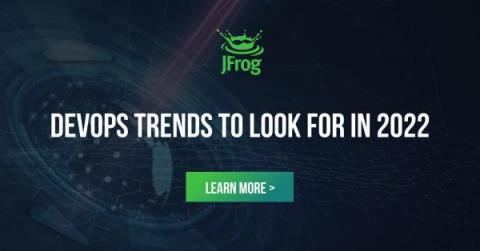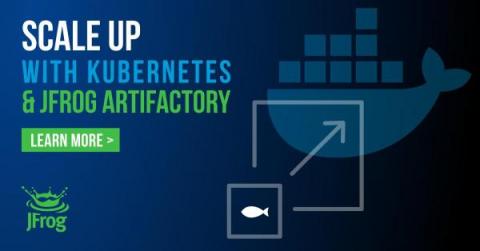Don't Miss Out: Highlights from DevOps Cloud Days 2022
If you didn’t attend our recently concluded DevOps Cloud Days online conference, you missed a learning event that those who did called “fantastic” and “meaningful.” In written feedback, developers, operations staff, and security admins who attended described the presentations as “powerful,” “inspiring” and “excellent.” Fortunately, it wasn’t your last chance to share that fruitful experience with us.


